It is true that the Battle of Stalingrad, which ended in February 1943, marked a turning point in the development of the Second World War because it was Germany’s first major defeat in the war and the one that signaled the beginning of the Soviet counteroffensive to dislodge the Nazi army from its territory. It was still the Battle of Kursk though, of which the 80th anniversary has been celebrated on August 23, that established the certainty that Nazi Germany would be defeated, and the Third Reich would have no possibility of consolidating itself on the planet.
In the spring of 1943, the eastern front line featured a salient that was 250 kilometers long and 160 kilometers wide. In the center of that bulge was the Soviet city of Kursk, located very close to where the conflicts in Ukraine take place today. On April 11, the Soviet High Command met to begin planning operations in the Kursk Arc. Generals Vasilevsky, Antonov and Zhukov oversaw designing the operational plan for the actions. The next day the plan was ready, and, in the evening, they presented it to Stalin.
According to Zhukov, Stalin listened “perhaps like never before” to the generals’ considerations but continued to express concern about what might happen in Moscow’s strategic direction. It was decided to create a staggered defense in depth in the most important directions, but with an emphasis on Kursk. Likewise, the strategic reserves of the High Command were concentrated in the vicinity of the areas considered to be most dangerous.
Likewise, guidelines were drawn up by the Central Committee of the Communist Party and the State Defense Committee to make an even greater effort in the production of tanks and self-propelled artillery.
Hitler considered it necessary to eliminate the possibility of this front extending westwards, endangering the very existence of his project. To counter such a possibility, he designed an offensive plan that was structured around a “double pincer” movement from the north and south in order to create a large “pocket” that would close the Kursk salient, leaving the Soviet troops isolated.
The German leader assumed that a victory at Kursk would reaffirm the German strength, questioned after the defeat at the Battle of Stalingrad. He also hoped to capture large numbers of Soviet prisoners for use as labor in the armaments’ industry.
The Nazi offensive, initially scheduled for May 1943, was delayed awaiting the arrival of new tanks with wider tracks, better armament and armor than previous models. The German delay to attack gave the Red Army time to build a series of defensive belts that included minefields, barbed wire fences, anti-tank ditches, and machine gun nests. The Soviets also had time to concentrate their own armored units. Perhaps what is happening today in Ukraine had its closest simile in the Battle of Kursk.
At the beginning of July 1943, Hitler managed to muster some 800,000 men, 2,900 tanks, 7,000 guns, and 2,000 aircraft. For its part, the Soviet armed forces were around 2 million strong and had 3,250 tanks, 20,000 artillery pieces and 3,500 aircraft on the Western Front. Zhukov believed in the summer of 1943, on the eve of the battle, that the Soviet armed forces outnumbered the German ones both quantitatively and qualitatively.
The German attack, called Operation Citadel, began on July 5 from both the north and the south as planned. After the corresponding artillery preparation, the armored and infantry land forces advanced, supported by aviation. Initially, the combative actions favored the Germans, who managed to overcome the first defensive belt and advance towards the enemy lines. But as the days went by, the Soviet army recovered and on July 11 managed to stop the attack.
O July 13, Hitler convened in his headquarters in East Prussia the field marshals von Kluge and von Manstein, who were the main military commanders in the operations. He was disappointed with the depth of the advance of only 12 kilometers to the north and 35 kilometers to the south (as Zelensky and his NATO bosses are today at the weakness of their counteroffensive). At the time, the Allied landing in Sicily was taking place simultaneously, which opened another war front against the Nazi-Fascist axis.
The military leaders did not agree among themselves in their assessment. Von Kluge proposed going on defense, as he was aware of the strength of the Soviet counterattack. But Von Manstein instead requested that the attack continue because he believed that victory was within reach. Hitler, attentive to what was happening in the west, only allowed offensive operations in the south to continue until Soviet reserves could be destroyed. After that decision, a considerable number of troops, the most suitable ones, were transferred from the west to the Soviet front.
The actions began on July 5. Despite the good structuring of the Soviet defense and the heroism of the soldiers, the enemy at the cost of heavy casualties managed to advance up to 10 km. in some sectors, but could not break through the well-organized defensive line of the Soviet army. By July 10, the Germans had lost a considerable number of tanks. On July 12, Stalin ordered to go on the offensive.
Operation Roland then began, which showed significant advances for the Germans on July 15 and 16, when they were about to take the city of Prókhorovka. But the Soviet High Command acted immediately, sending its best generals to face the dangerous situation in order to give a forceful, timely and effective response.
On July 17, the Soviets began a major offensive that put an end to German advances. However, on the 23rd the offensive had to stop due to the need to replenish reserves, regroup troops and restructure cooperation between large army units and between these and other types of armed forces. All this required 8 to 10 days.
Although Stalin constantly insisted on continuing the offensive, Generals Zhukov and Vasilevsky managed to convince him that there was no need to rush and that the operation should continue when the conditions were right. In particular, the multilateral supply of troops had to be resolved. Stalin accepted the proposal of his generals.
Over the next several weeks, the Soviet armed forces launched various counteroffensives that pushed back the German armies and culminated in the capture of the city of Kharkov on August 23. Thus ended the Battle of Kursk.
According to Marshal Zhukov, the Battle of Kursk, which took place simultaneously in that region and in those of Belgorod and Oryol, is one of the most outstanding of the Second World War. Not only were the most important German military groups annihilated, but also “the faith in the Nazi leadership and in Germany’s ability to counter the growing power of the Soviet Union was undermined among the German people and among Hitler’s allies.”
The defeat of the Germans at Kursk paved the way for vast offensives by the Soviet armed forces to expel the invaders from the national territory including Ukraine and Belarus and subsequently proceed to the liberation of Poland, Czechoslovakia, Hungary, Yugoslavia, Romania and Bulgaria and extirpate Nazi fascism from Germany itself.







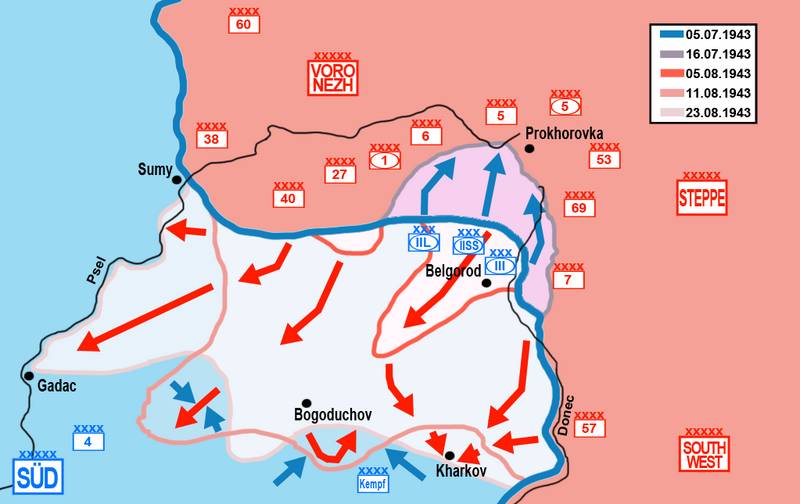
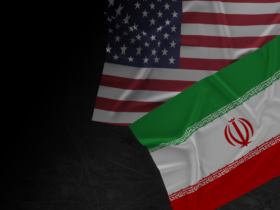
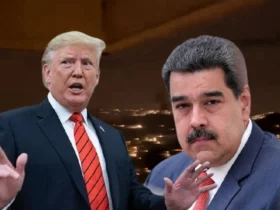
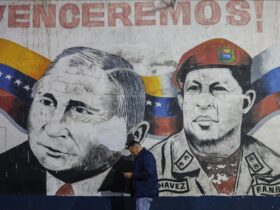
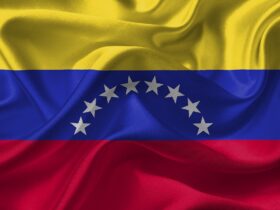

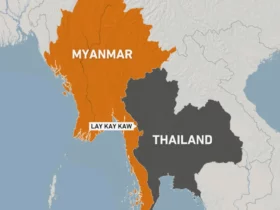
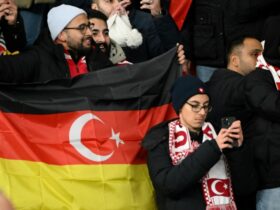
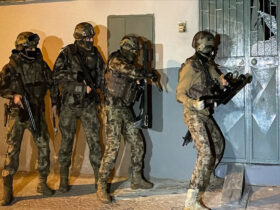

Leave a Reply